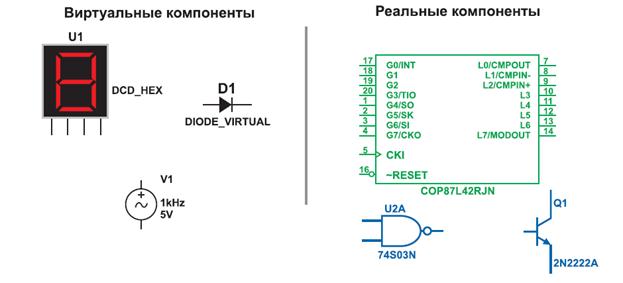Construction Features of an Induction Motor
Encircling annular core 1 of the stator is built of laminated sheet-steel punching 0.35 or 0.50 mm thick (Fig 7.3). The sheets are punched with slots, insulated from one another with a varnish or scale to reduce eddy-current losses, clamped together into separate stacks, and fastened in framed of the machine. For connection of the Stator winding in delta, each pair of the upper and lower terminals are joined together with jumpers and connected to the corresponding line wires L 1, L 2, and L 3 (Fig. 7.4a). To provide for the star-connected circuit, the lower three terminals are shorted out with jumpers, the upper three terminals being left free for connection to the three-phase supply (Fig. 7.4b). As illustrated in Fig. 7.5a, rotor core 1 is also built of laminated sheet-steel punchings 0.5 mm thick, insulated with a varnish or scale to minimize the effect of eddy currents. The laminations are
punched with slots, assembled into stacks, and fastened on the shaft to form a cylindrical core with parallel slots which receive conducting bars 2 of the rotor winding. Depending on the type of winding used, the rotors can be of the phase-wound type and squirrel-cage (short-circuited) type. The cage winding is shown in Fig. 7.5b. It consists of thick bars embedded in the rotor slots and solidly joined at each end to copper end rings 5, as illustrated in Fig. 7.5b. The cage winding is often cast from aluminum. In the casting process, liquid aluminum forced into the dies fills the slots and forms the desired cage configuration after its solidification. Such a winding is always electrically closed on itself (short-circuited) and cannot be connected to a resistive load. The polyphase winding of a wound rotor is similar to the stator winding. It consists of conductors forming a three-phase star-connected network. The starts of the phases of the three-phase winding are connected to three copper slip rings mounted on the shaft and insulated from each other and from the shaft. Stationary carbon or copper brushes bearing on the revolving slip rings provide means for connecting the rotor winding to an external circuit or shorting out it. Squirrel-cage motors are simpler, more reliable, and much cheaper than wound-rotor motors. But the latter, as will be clear from the text below, display better starting and torque-control characteristics. At present, the induction motors available on the market are essentially of the squirrel-cage type and only special designs and high-power motors are made with wound rotors. In the USSR, industry produces induction motors ranging in power from tens of watts to 15 000 kW at stator winding voltages up to 6 kV. But the induction motor is not free from shortcomings. A substantial drawback is that its power factor cos φ is relatively low, 0.85 to 0.90 at full load. It sharply diminishes at underload and drops to 0.2 or 0.3 at no load. A low power factor stems from the fact that the motor consumes a large amount of reactive power required to induce the magnetic field. The magnetic flux has to pass through the air gap between stator and rotor, which considerably increases the reluctance and, hence, the reactive power absorbed. A common approach to increase the power factor is to reduce as much as possible the air gap between stator and rotor. In motors of low power, in the range of 2 to 5 kW, the air gap is brought down to 0.3 mm. In high-power motors, the air gap has to be larger from design considerations, but yet it does not exceed 2.0-2.5 mm.
|

 The frame is made complete with end shields housing the bearings to support the rotor shaft. The frame is also fitted with feet for supports. In the longitudinal slots of the stator, conductors 2 of the winding are laid and interconnected so as to form a three-phase system. Terminal box 4 of the machine contains six terminals, of which three terminals connect the motor to the supply network. The other three serve for connection of the three-phase winding either in star to enable it to operate at a higher voltage say 220 V or in delta for its operation at a lower voltage of 127 V. The motor can thus operate from a supply circuit of 220 V or 380 V. The plate on the terminal box indicates the two rated values of voltage, i.e. 220/127 V or 380/220 V.
The frame is made complete with end shields housing the bearings to support the rotor shaft. The frame is also fitted with feet for supports. In the longitudinal slots of the stator, conductors 2 of the winding are laid and interconnected so as to form a three-phase system. Terminal box 4 of the machine contains six terminals, of which three terminals connect the motor to the supply network. The other three serve for connection of the three-phase winding either in star to enable it to operate at a higher voltage say 220 V or in delta for its operation at a lower voltage of 127 V. The motor can thus operate from a supply circuit of 220 V or 380 V. The plate on the terminal box indicates the two rated values of voltage, i.e. 220/127 V or 380/220 V.



